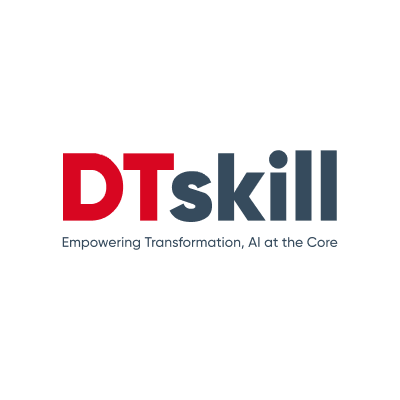Process orchestration refers to the coordination and automation of various tasks, workflows, and systems to achieve seamless operation and optimal performance. In this article, we will delve into essential tips and best practices for mastering process orchestration to drive efficiency and effectiveness in your organization.
Identify and Map Processes
The first step in effective process orchestration is to identify key business processes and map out their workflows. This involves understanding the inputs, outputs, stakeholders, and dependencies associated with each process. By visualizing the entire workflow, organizations can identify bottlenecks, redundancies, and opportunities for optimization.
Standardize Processes
Standardization is essential for consistency and efficiency in process orchestration. Establishing standardized processes ensures that tasks are performed uniformly across the organization, reducing errors and minimizing delays. Documenting standard operating procedures (SOPs) and providing training to employees are integral aspects of process standardization.
Embrace Automation
Automation lies at the heart of process orchestration. Leveraging automation tools and technologies allows organizations to automate repetitive tasks, trigger actions based on predefined conditions, and streamline workflows. From simple task automation to complex process automation, embracing automation can significantly enhance efficiency and reduce manual effort.
Integrate Systems
In today’s digital ecosystem, organizations rely on a multitude of systems and applications to support their operations. Effective process orchestration requires seamless integration between these systems to ensure data consistency and workflow continuity. Integration platforms and APIs play a crucial role in facilitating smooth communication and data exchange between disparate systems.
Monitor and Measure Performance
Continuous monitoring and measurement are essential for optimizing process orchestration efforts. Implementing key performance indicators (KPIs) allows organizations to track the performance of their processes in real time and identify areas for improvement. Analyzing performance data enables informed decision-making and iterative refinement of process orchestration strategies.
Empower Collaboration
Process orchestration is not just about automating tasks; it’s also about facilitating collaboration and communication among stakeholders. By fostering collaboration across departments and teams, organizations can break down silos, streamline information flow, and accelerate decision-making processes. Collaboration tools and platforms play a vital role in enabling seamless communication and collaboration.
Stay Agile and Flexible
In today’s dynamic business environment, agility and flexibility are paramount. Organizations must be prepared to adapt to changing requirements, market conditions, and technological advancements. Adopting agile methodologies and frameworks allows organizations to respond quickly to evolving needs and iterate on process orchestration strategies accordingly.
Continuous Improvement
Process orchestration is an ongoing journey of continuous improvement. Organizations should adopt a culture of continuous learning and innovation, encouraging employees to identify opportunities for optimization and experiment with new approaches. By embracing a mindset of continuous improvement, organizations can stay ahead of the curve and drive sustainable growth.
In conclusion, mastering process orchestration is essential for organizations looking to enhance efficiency, productivity, and competitiveness in today’s digital age. By following the tips and best practices outlined in this article, organizations can streamline their operations, automate workflows, and empower their teams to achieve greater success. Process orchestration is a strategic imperative for organizations seeking to thrive in an increasingly complex and interconnected world.
